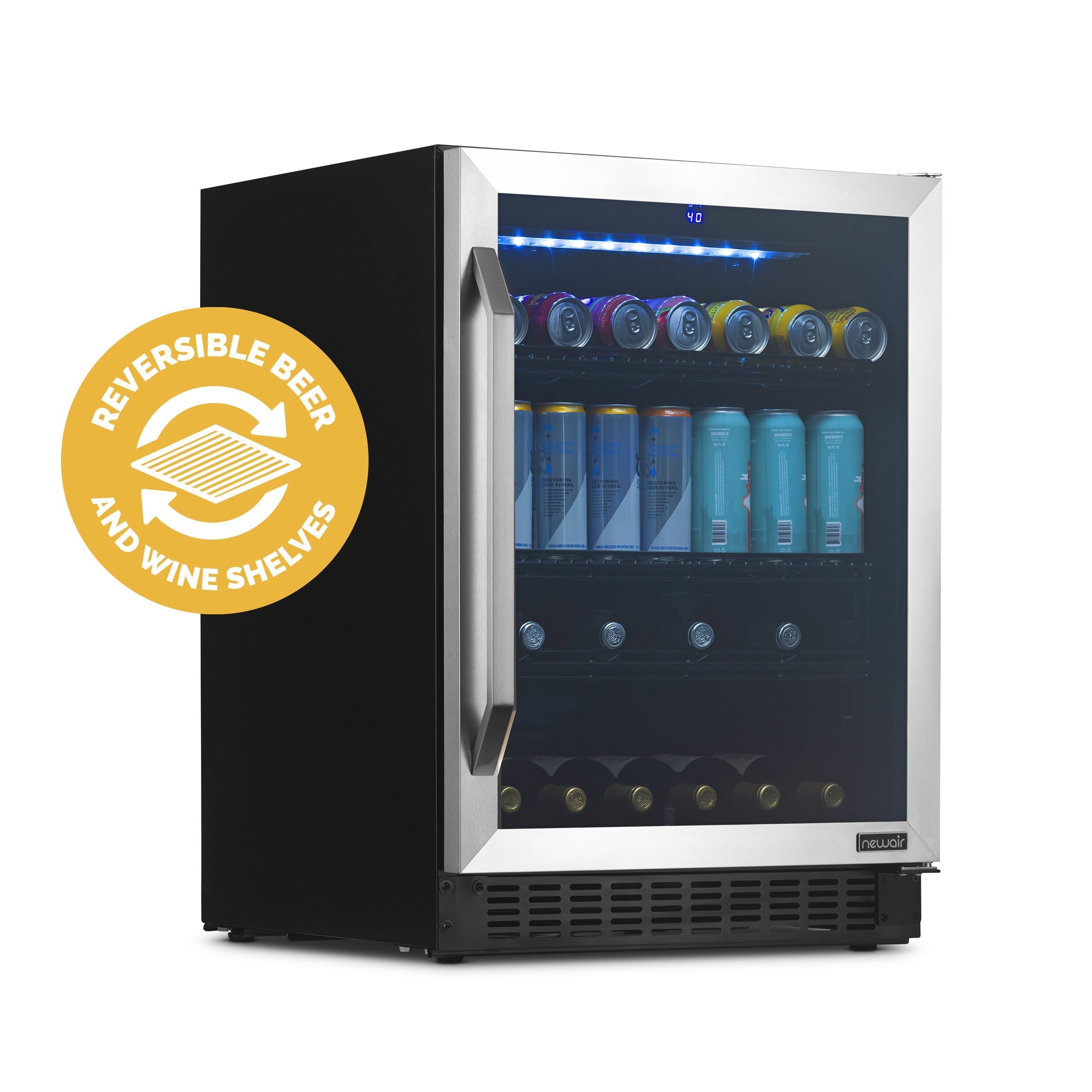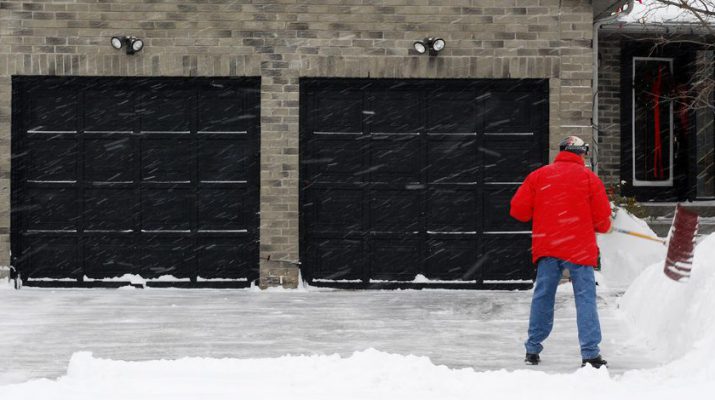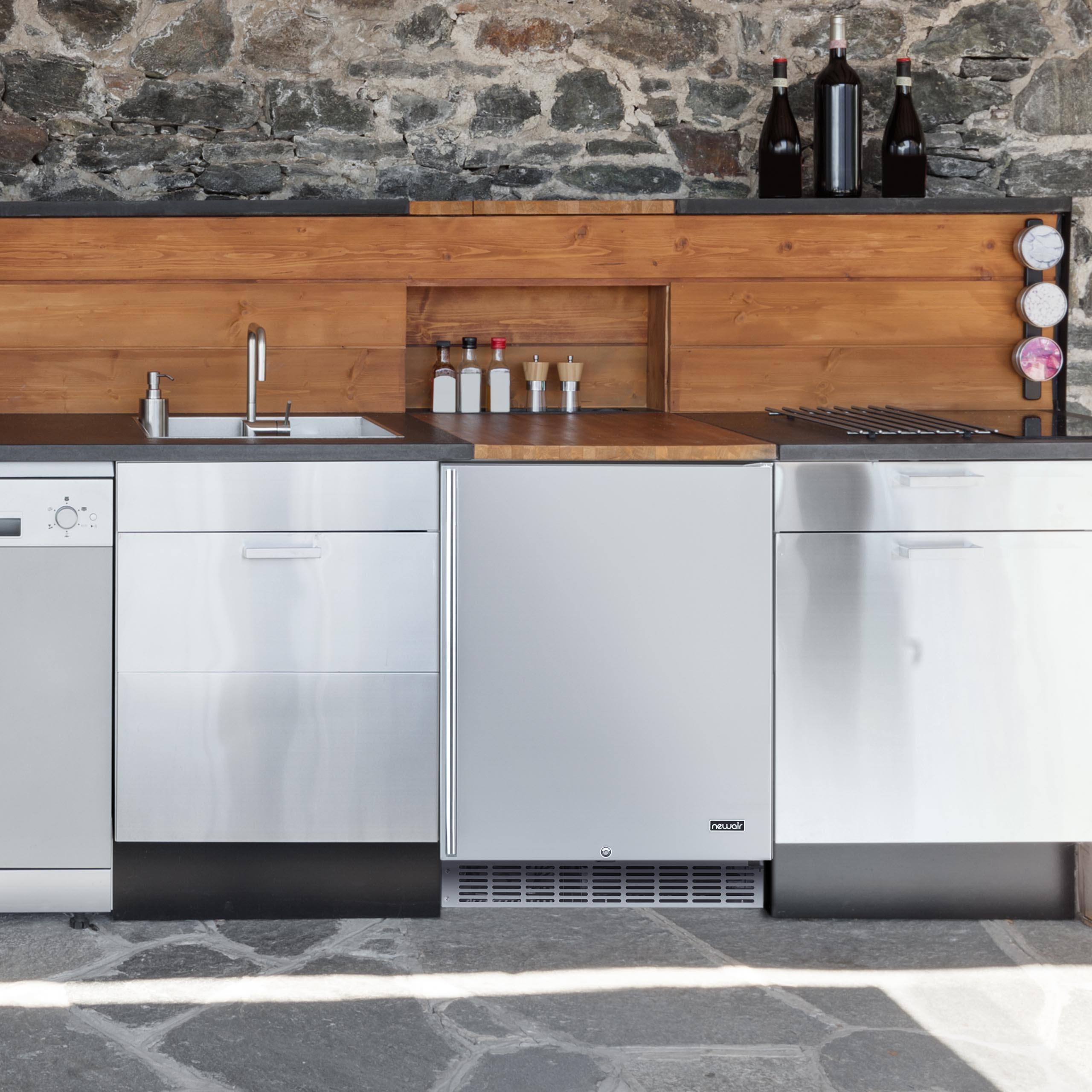Think Vampires, and Other Wine Bottle Storage Advice
New to wine or need a refresher? Follow these wine bottle storage tips to keep your aging vino from tasting like wet cardboard, stew, and more.
1) Think of fine wine as a very sensitive vampire
Like vampires, your wine can’t survive in sunlight. Light from fluorescent bulbs should also be treated as an offender. That’s because wine has natural phenolic compounds. These compounds are the hard-wiring behind qualities like the color and flavor of wine, along with how it feels in the mouth. A commonly talked about polyphenol is tannin, which imbues wine with bitterness, astringency, and complexity. Many factors can mess with tannin and other compounds, which in turn will mess with the aforementioned wine qualities. The result is vino that doesn’t taste, look, or feel like it should.

UV rays break down the organic compounds in wine and cause a general unraveling of the beverage’s quality. White wines that are light-bodied are the most vulnerable to this destruction. Just like sunglasses, darker wine bottles offer better protection against UV rays. Wine that has been exposed to sunlight and also bright bulbs that emit high levels of UV radiation may end up tasting like a damp sweatshirt. If you like that flavor, then go ahead and store your wine bottles on the kitchen table.
Otherwise, take a fresh look at your wine bottle storage. If you haven’t paid much attention before, chances are the wine rack is a sitting duck that the sun rubs its bright, destructive rays across every single day. Now that you’ve seen the light, move your wine collection into a dark area where this can’t happen. Wine, like vampires, hates sunshine.
2) Your wine bottles need a direction in life
Sideways isn’t just an Academy Award-winning movie about two unattractive middle-aged men on a tumultuous wine-tasting road trip in Central California. It’s also the correct wine bottle storage direction.

The natural cork (which comes from the bark of the cork tree) in a wine bottle, goes through a shrinking and expanding process when the container is first sealed by the hardworking women and men who make your wine. The spongy wood is initially compressed and then inserted into the bottle. After that, the bottle is left upright for a few days for the cork to re-expand. Sealed within the bottle is the perfect amount of oxygen for the wine to develop over time, with a little help from the most incremental of natural seepage over time.
After this expansion, the bottle should always be stored sideways. This keeps the underside of the cork swaddled in liquid, which ensures that the wood fibers won’t dry out. If the cork wood does dry up, it becomes brittle and stops being a plug; that is, it doesn’t seal as well and begins to allow way too much oxygen into the bottle. When laid sideways, the moist cork maintains just the right amount of expansion. And since the proper amount of oxygen is already in the bottle for ideal oxidation, all you have to do is wait.
3) Don’t think that aging means dryness
All wine drinkers should invest in a hygrometer, which measures humidity. We often think about how hot or cold a room is, but rarely about how much water vapor is in the air. That’s humidity. Low relative humidity not only causes health issues like dry skin, it can also disrupt the wine aging process. This is because no wine cork is perfect, and even when storing bottles sideways, one whole half of the cork remains subject to the air’s whims.

When naturally corked wine bottles are stored in rooms with humidity levels below 50%, the cork dries out, and wine tends to evaporate from the bottle more quickly. The result is oxygen seeping into the bottle’s ullage, which is that gap between the surface line of the liquid wine and the bottom of the cork.
Thus, preventing the cork from drying out should be approached from two angles: from the inside-out by keeping it moist with wine, and from the outside-in by keeping the bottle in a sufficiently moist room, at approximately 75% humidity. Low humidity is the biggest problem when the cork seals are poorly made to begin with, but even high quality wine bottle corks can be affected by very dry air.
4) Know that heat and light aren’t the same thing
Keeping wine bottles out of the sunlight isn’t the same thing as keeping them at the right temperature. Even if you paused after the first section in this article, ran into the kitchen, and moved your entire wine collection out of the sun’s path and into the closet, you’re still making a novice mistake: storing wine at the wrong temperature. Unless you live in Antarctica or Minnesota, chances are your wine is a warm sitting duck. Room temperature is the wrong temperature.

When wine is stored at temperatures above 77°F, it begins to cook. The higher the temperature, the faster it cooks. And you’re not trying to make wine food here; you’re trying to age vintages to sniffing, swirling, drinking, and lip-smacking perfection.
Wine that’s aging correctly undergoes numerous chemical reactions over many years. These reactions have an ideal rate that they should occur at. However, when wine is heated, this rate is expedited and chemical reactions that should never happen begin to ramp up all over the place. In short, high wine bottle storage temperatures don’t speed up the aging process; they ruin it by creating bad chemical reactions.
Heated wine will often have a brownish tinge. High temperatures can also create a stewed or candied taste. The exact ideal wine storage temperature isn’t agreed upon, but somewhere in the range of 45°F to 65°F should cover the spectrum of different wine types.

While keeping wine too cold is not as damaging as high temperatures, it’s still problematic. For one, cooler temperatures can slow down the aging process to the point where certain chemical reactions don’t happen. That is, the maturation potential of the wine is limited when the bottles are kept too cold. And if the temperatures are freezing, the wine can literally freeze, with the cork getting pushed out as a result. When that happens, oxygen gets in, and we already know that’s not good.
Just as bad are variable wine bottle storage temperatures. If your wine rack is set in an area where it’s a perfect 55°F during the day, and then it drops to 38°F at night, and then rises to 60°F the next afternoon, your wine’s screwed. This returns to the issue of imperfect corks and is particularly applicable to older wines — and those are the ones you want to be drinking, right? If the cork is at all loose, which old ones naturally become, the wine will expand and contract with the temperature changes, ultimately resulting in more oxygen slithering past the seal.
That’s why it’s necessary to achieve the perfect, stable balance between hot and cold — in other words, cool — so that the wine can develop at the perfect rate. This perfect rate is still an inexact science, even after thousands of years of humans drinking wine, but the closer you are to achieving these estimated ideals, the better your wine will taste, feel, look, and smell. This temperature balance can be best achieved with a wine bottle cooler, which is like a fridge specifically for wine bottles, with more calibrated temperature settings.
5) I’ll save that for later can only last so long
Wine bottles really only consist of three parts — the wine, the bottle, and the cork — and as you can tell from the tips above, the cork is probably the most vulnerable part. But it’s there for a reason. It’s the seal to a small world in which a perfectly orchestrated community of many little reactions are working together to transform your wine into something better.
You destroy that world when you open the seal.

Knowing that, your altruistic side may want to keep the wine stoppered forever. However, your increasingly snooty inner sommelier knows though that wine is meant to be drunk and enjoyed, at least at some point. Still, you should not open wine unless you plan on finishing it soon — very soon, as in a few days. While initial exposure to oxygen shows off a wine’s aromatics and flavors, it also very quickly begins to eat up all of those great things about the drink. Older wines will generally die quicker than younger wines once the bottle is opened.
As you read this, your gently aged opened bottle of wine on the counter is turning into vinegar via the oxidation process.

Some of the same rules that applied to long-term wine storage apply to short-term open wine storage. Cork the bottle right after you open it, even if you’re going to have another glass in an hour. Don’t set it in direct sunlight after you’re done pouring, and most importantly, put it into the fridge or wine cooler so it stays cool. The lower temperature will slow down the chemical breakdown of the wine. Don’t lay the wine on its side this time around though. That creates more liquid surface area for the oxygen to attack, which you don’t want.
If you re-cork the wine bottle, you can prevent any further oxygen from diving in, but there’s still the issue of the oxygen the wine was already exposed to while open, along with oxygen that you sealed into the now-emptier bottle. So, plan on finishing your uncorked wine within 3 to 5 days if you want to drink it with a semblance of its original goodness. Light whites, sweet whites, and rosés can last a tad longer, for about 5 to 7 days, but anything after that and you’re entering nasty territory.
6) Bad wine bottle storage lingo for beginners
If have improperly stored wine, you can still put the ruined collection to good use: drink it while reading through this quick vocab list to learn how to talk about wine faults. Knowing when wine tastes bad will also help you figure out when wine tastes good:
Oxidized: The mother of all wine problems, this happens when air meets wine. The result is a sad, flat-tasting vino reminiscent of vinegar, with no hints of fruit. Oxidized red wine often looks browner than normal, while oxidized white wine often has a deeper yellow hue.
Maderized: The result of storing wine at high temperatures, maderized wine is baked wine. It does not taste like a cake, unfortunately, but more like burnt candy. Some wines are intentionally maderized — namely, Madeira — but in any context other than dessert wines, maderized means heat-damaged wine.
Corked: This means the wine has been tainted by a chemical called trichloroanisole, or TCA. TCA is born when fungi that call the cork wood home rendezvous with chlorine-based disinfecting products at the winery. Although nothing bad will happen to you if you consume corked wine, it does taste terrible, like soggy cardboard.
Lightstrike: Though it sounds like a superhero, this term really means your wine has seen some UV rays in its lifetime, and now tastes like wet wool. Worst superhero ever.






0 comments